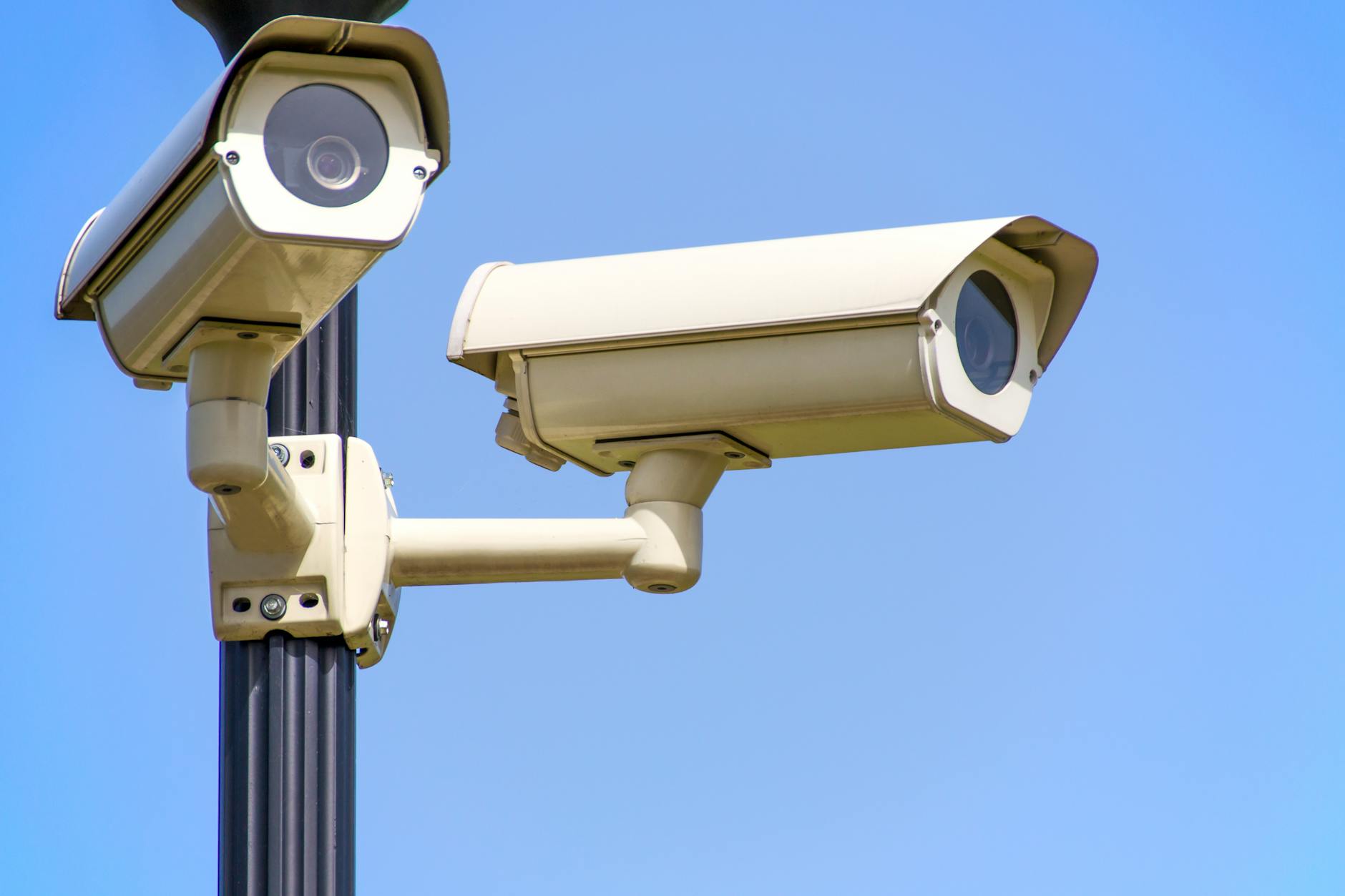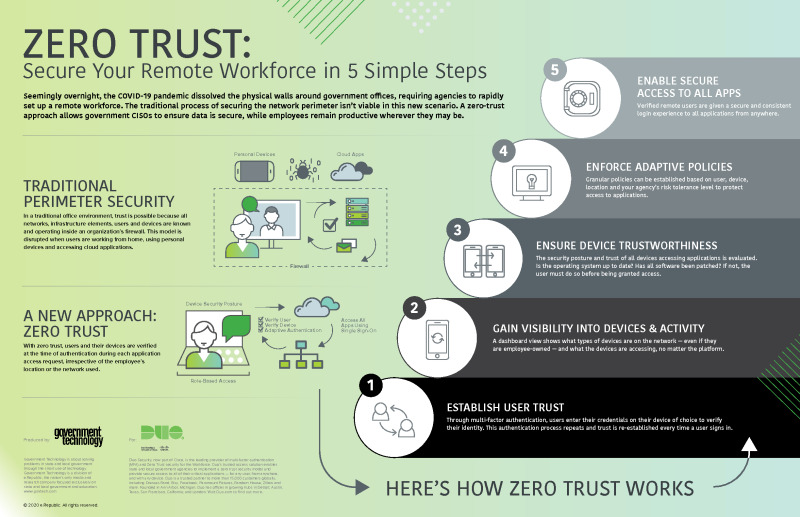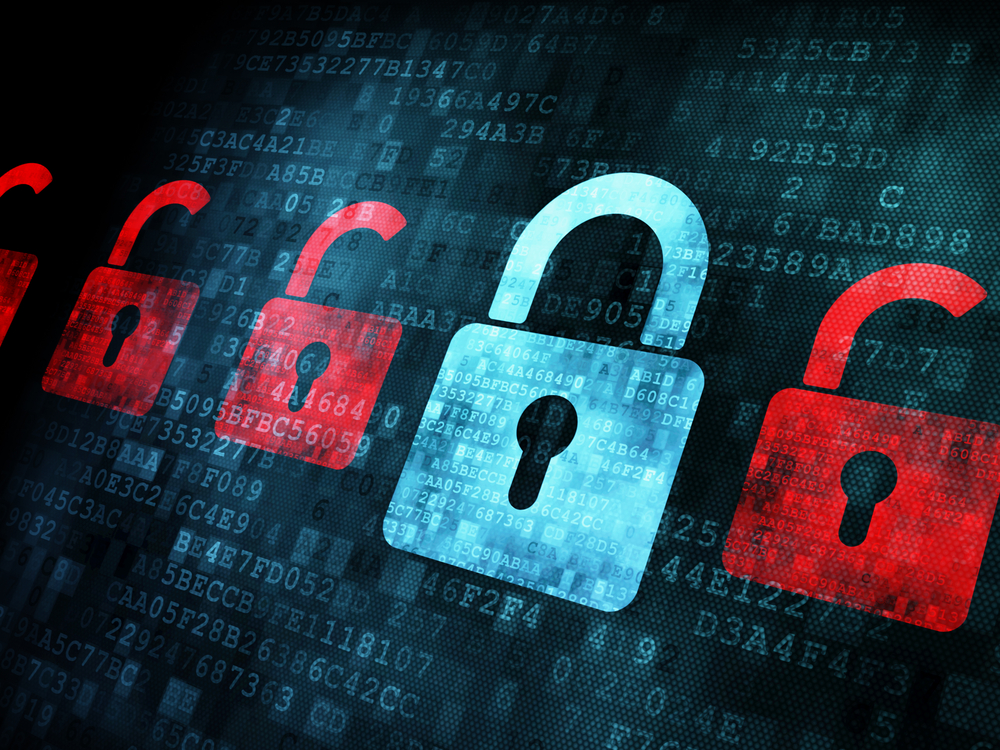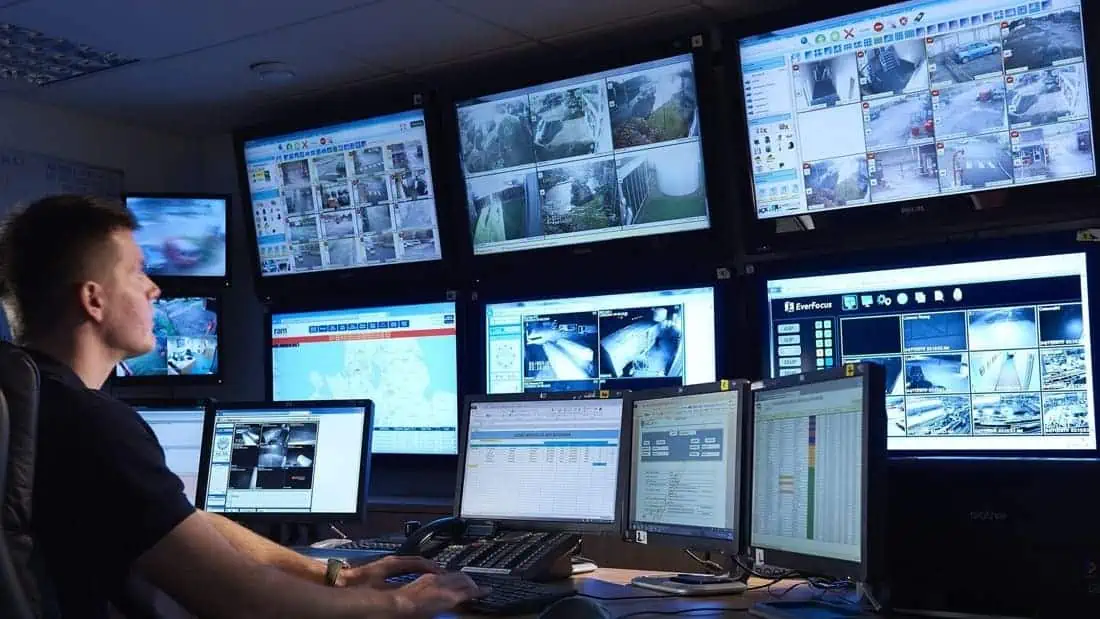Securing Your Events: Mastering the Art of Risk Monitoring
Unlock the secret to flawless event security: Discover the art of risk monitoring and safeguard your gatherings like a pro!

Image courtesy of PhotoMIX Company via Pexels
Table of Contents
Welcome to our blog on event security! We understand that organizing and managing an event involves a myriad of responsibilities, and one of the most crucial aspects is ensuring the safety and security of attendees. That’s why risk monitoring in event security is a topic that deserves careful attention.
Events, whether large or small, attract a diverse crowd and can potentially be vulnerable to various threats. To effectively manage these risks, a well-curated strategy for risk monitoring is essential. In this blog post, we will guide you through the process of developing an effective risk monitoring plan that will ensure the safety of your attendees and the success of your event.
Understanding Event Risks
Before diving into risk monitoring strategies, it’s essential to understand the specific risks associated with your event. Identifying potential threats and evaluating their likelihood and potential impact will help you prioritize your security efforts.
Stay informed and secure your events with our risk monitoring expertise!
Subscribe to our newsletter to receive exclusive insights on event security and risk management.
Start by conducting a thorough risk assessment, considering factors such as the nature of the event, the location, and the profile of the attendees. By understanding the context in which the event will take place, you can better anticipate and plan for potential risks.
Designing a Risk Monitoring Framework
Once you have identified the potential risks, it’s time to create a comprehensive risk monitoring plan. This plan should outline the processes and procedures that will be put in place to monitor and mitigate risks throughout the event.
Define the roles and responsibilities within your security team. By clearly assigning tasks and ensuring everyone understands their role, you can maintain a structured and coordinated approach to risk monitoring.
Incorporating technological tools into your risk monitoring framework can greatly enhance the efficiency of your security operations. Utilize video surveillance systems that cover critical areas, allowing your team to monitor and respond to incidents in real-time.
“Unlock the key to unforgettable events by mastering the art of risk monitoring. Discover essential strategies to secure your events and create a truly memorable experience. [insert link] #EventSecurity #RiskManagement #MasterYourEvents”Tweet Quote
Pre-Event Risk Mitigation Measures
Effective risk monitoring starts even before the event begins. Implementing pre-event risk mitigation measures will help create a secure environment for your attendees.

Image courtesy of papers.govtech.com via Google Images
One crucial aspect is access control. Implementing proper access control measures, such as ID checks and wristbands, will help ensure that only authorized individuals enter the event premises.
Additionally, establishing a strong perimeter security is vital. Whether it’s through physical barriers or monitoring access points, creating a controlled entrance and exit will help mitigate potential risks.
Consider conducting background checks for event staff and vendors. Ensuring that the people responsible for key roles within your event have undergone a thorough vetting process can significantly reduce the likelihood of internal risks.
Real-Time Risk Monitoring during the Event
During the event, real-time risk monitoring is crucial to identify and respond to potential incidents promptly. Here are some strategies to consider:
Utilize video surveillance systems strategically placed throughout the event venue. These systems, when monitored by trained personnel, provide valuable insights into crowd behavior and help identify potential threats.
Set up a command center where your security team can centrally monitor the event. This centralization of monitoring allows for better coordination and communication between team members, ensuring a swift response to any issues that arise.
Keep a close eye on crowd behavior. By monitoring how attendees are moving and interacting, you can quickly identify any potential disturbances or escalation of tension, allowing you to take proactive measures.
Communication and Collaboration
Effective communication and collaboration are essential elements of any successful risk monitoring strategy. Open channels of communication within your event staff and security team will promote prompt reporting and response to potential incidents.

Image courtesy of designbundles.net via Google Images
Collaborate with local law enforcement agencies. By establishing a working relationship with the local authorities, you can benefit from their expertise and support during the event, enhancing your overall security measures.
Encourage attendees to report any suspicious activities or concerns through anonymous reporting channels. Individuals might be more inclined to share information if they have confidence in their anonymity, helping you gather valuable intelligence and address potential threats in a timely manner.
Response and Contingency Planning
No matter how well you plan, it’s crucial to prepare for the unexpected. Develop a comprehensive emergency response plan that outlines step-by-step procedures to follow in different crisis scenarios.
Train your staff and security personnel on emergency response protocols. Conduct drills and simulations to ensure everyone understands their role and is prepared to respond effectively in high-pressure situations.
Incorporate evacuation procedures into your contingency plan. Designate assembly points and communicate evacuation routes to attendees to ensure a swift and orderly evacuation if necessary.
Post-Event Evaluation and Learning
After the event, conduct a comprehensive debriefing session with your team to evaluate the effectiveness of your risk monitoring strategies. Review security incidents and identify areas for improvement.

Image courtesy of www.eventsforce.com via Google Images
Analyze what worked well and what could have been done better. Implement these lessons learned into future risk monitoring strategies to continually enhance the security measures at your events.
Guest Blog Feature: Industry Expert Insights
As part of our commitment to providing you with the best insights, we interviewed an industry expert in event security to gather additional tips and recommendations for curated risk monitoring strategies.
Check out our guest blog post to learn from an experienced professional who has mastered the art of risk monitoring in event security.
Stay informed and secure your events with our risk monitoring expertise!
Subscribe to our newsletter to receive exclusive insights on event security and risk management.
Conclusion
When it comes to event security, risk monitoring is a critical aspect that should not be overlooked. By implementing a well-curated strategy, you can effectively identify, assess, and mitigate potential risks, ensuring the safety and enjoyment of your attendees.
Remember, security should always be a top priority. By staying vigilant, communicating effectively, and learning from each event, you can continually improve your risk monitoring strategies and create a safe and secure environment for everyone involved.


